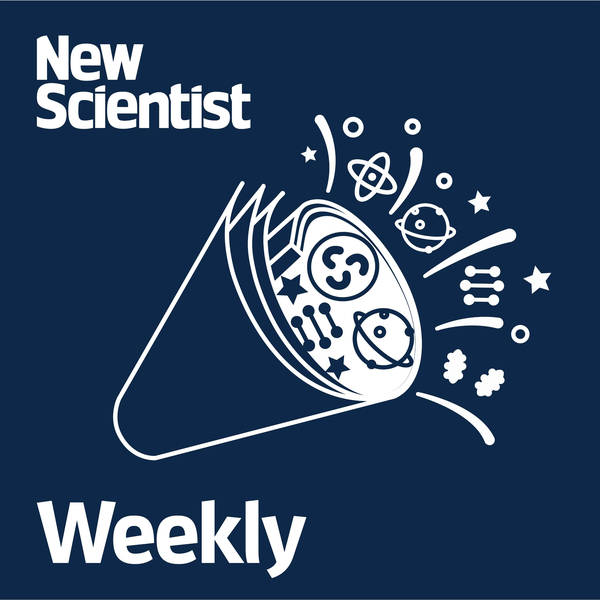
Weekly: New type of brain cell; Alaska’s first bridge over a moving glacier; quantum batteries that never age
#214
A multi-talented brain cell has been discovered – and it’s a hybrid of the two we already know about, neurons and glia. These glutamatergic astrocytes could provide insights into our brain health and function, and even enable treatments for conditions like Parkinsons.
Building a bridge over a moving glacier is no mean feat. But rising global temperatures have thawed the permafrost in Denali National Park in Alaska, causing its only access road to sink. A bridge may be the only way to continue access to the park’s beautiful wilderness.
Rather than waiting around for hours for your electric car to charge, imagine doing it near instantaneously. That’s the promise of quantum batteries. Although we’re not quite at that stage yet, researchers may have found a way to make quantum batteries that charge wirelessly and last forever.
Could the armies of ancient China owe their success to their… shoes? Researchers have been studying the feet of The Terracotta Army, a massive collection of statues that depict the armies of China’s first emperor, Qin Shi Huang.
Humans and other great apes have incredibly flexible shoulder and elbow joints. Unusually, this is not a trait shared by our monkey cousins. Why the difference? And what are the pros and cons of this extra mobility?
Plus: How to grow human kidneys in pigs without making pig-human hybrids and the mystery of a super-bright space explosion.
Hosts Timothy Revell and Christie Taylor discuss all of this with guests Alec Luhn, Karmela Padavic-Callaghan, Chen Ly and Sam Wong. To read more about these stories, visit newscientist.com.
Events and Links:
Hosted on Acast. See acast.com/privacy for more information.
